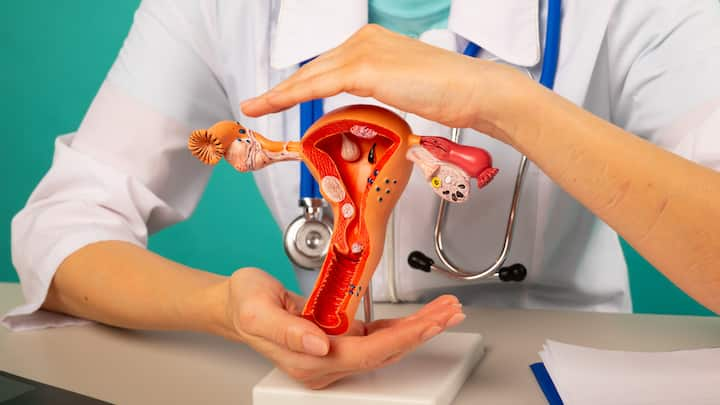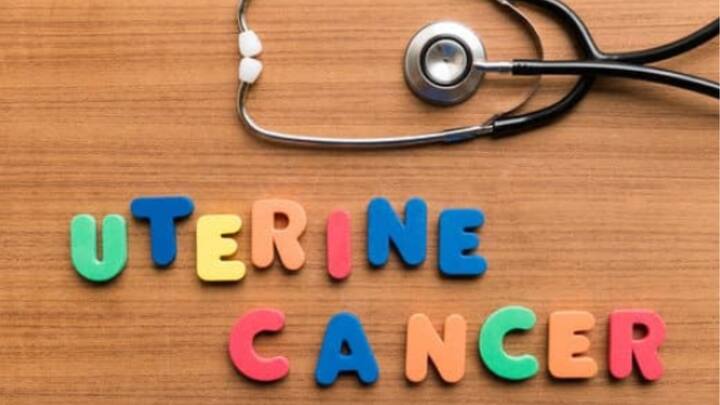1. Awareness is key: Being aware of the risk factors and symptoms helps women get detected early, thereby improving survival. Obesity, polycystic disease of the ovary (PCOS), and diabetes are some of the risk factors that can be controlled, while others like advancing age, genetic predisposition (Lynch syndrome), and prior exposure to tamoxifen (a drug used for breast cancer treatment) cannot be modified. Awareness aids in the implementation of prevention strategies and enhances informed decision-making. (Image source: Canva)

2. Screening in High-Risk Populations and Preventive Strategies: Routine screening of the general population is not advised. If there is a family history of EC or colon cancer, or if one is diagnosed below 50 years of age, then the possibility of Lynch syndrome (LS) should be kept in mind. LS is a genetic disorder associated with higher chances of endometrial, ovarian, and colon cancer. Prophylactic hysterectomy and removal of tubes and ovaries after the completion of childbearing is the most cost-effective strategy. Strict surveillance with regular colonoscopies helps in the early detection of colon cancer. Aspirin and oral contraceptive pills mitigate the risk of developing EC in certain cases. (Image source: Canva)

3. Maintaining a Healthy Lifestyle and Avoiding Alcohol: Moderate physical activity at least five times a week, along with a high-fibre diet, is recommended. A higher intake of legumes and green tea lowers the risk, whereas consuming red meat, saturated fats, dairy products, and processed sugar increases the risk. There is no limit to alcohol consumption, which is deemed safe by the International Agency for Research on Cancer (IARC). (Image source: Canva)

4. Recognition of Symptoms and Early Detection: Postmenopausal bleeding is often the first symptom. Other symptoms, like heavy, prolonged bleeding during periods, random bleeding in between normal periods, or abnormal Pap smear results, shouldn’t be ignored. In the late stages, abdominal bloating, pain, and urinary or bowel symptoms can also be experienced. The first mandatory investigation is a transvaginal sonogram, and an endometrial biopsy is warranted to confirm the diagnosis. (Image source: Canva)

5. Complying with Treatment and Post treatment Surveillance: The first step in most cases is the removal of the uterus, including the tubes and ovaries, and the removal of lymph nodes, preferably performed by a surgeon trained in gynaecological cancers. When done by the minimally invasive (laparoscopy or robotic) route, the outcomes are on par, with fewer morbidities as compared to when performed using the conventional open technique. Fertility preservation is possible for young women with favourable features. Most patients are cured by surgery alone, but a few cases need further radiation or chemotherapy. Hormonal and immunotherapy have a role to play in widely metastatic and recurrent cancers. Post-treatment follow-up with checkups and imaging enhances long-term outcomes. (Image source: Canva)

Inputs By: Dr. Divya Sehra, Gynaecologic Oncologist HCMCT Manipal Hospital, Dwarka (Image source: Canva)
Published at : 10 Jun 2024 07:21 PM (IST)










